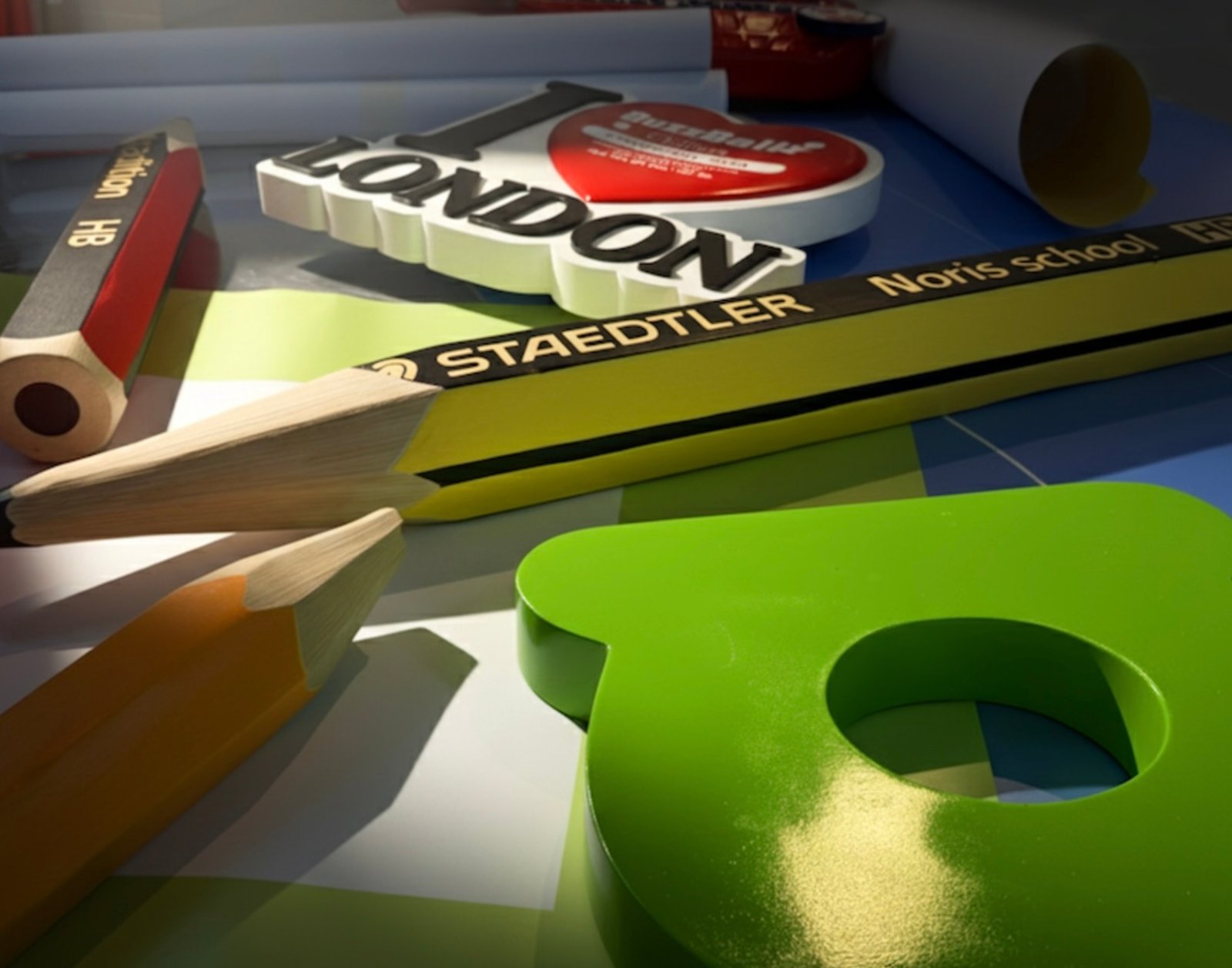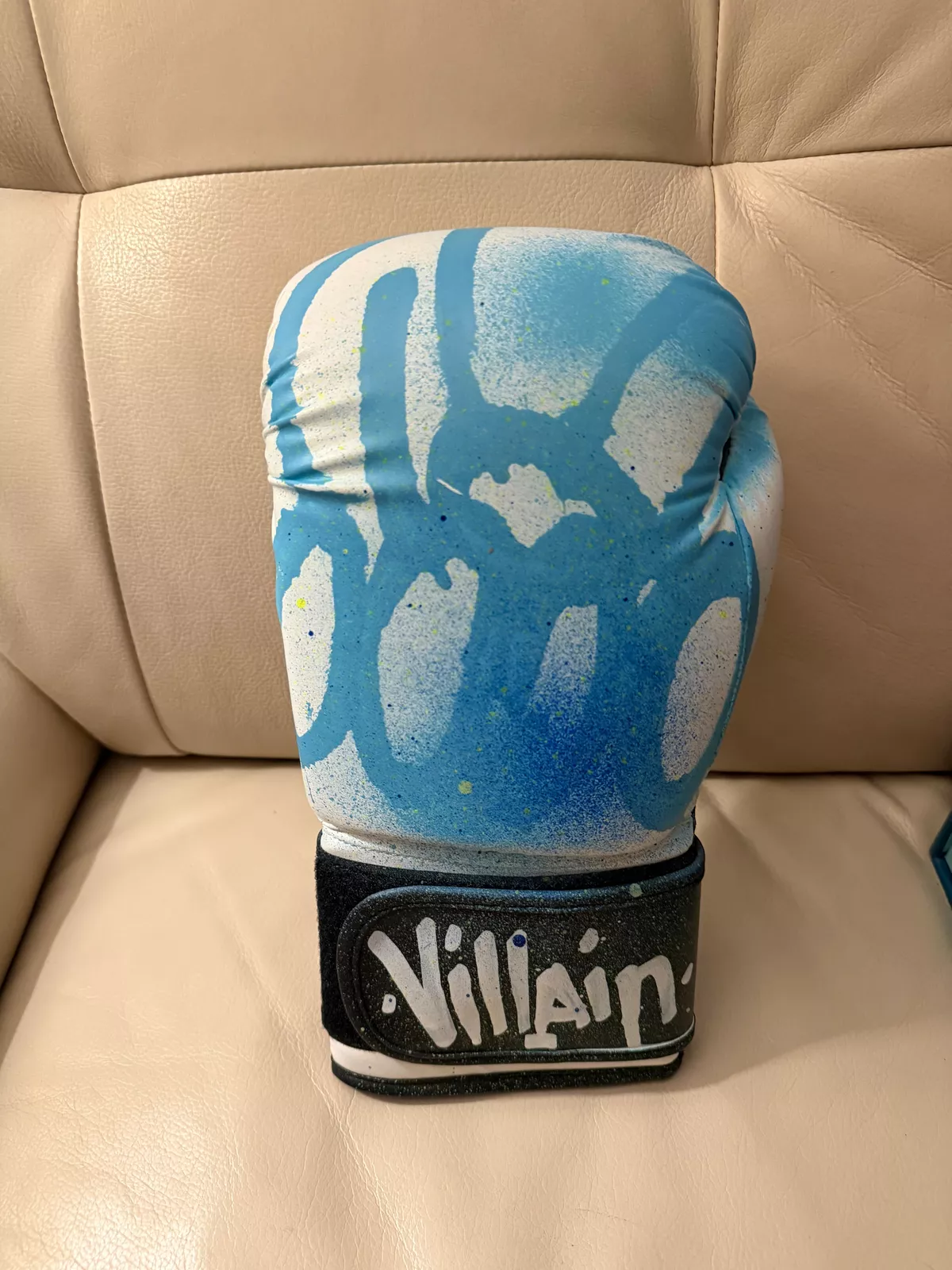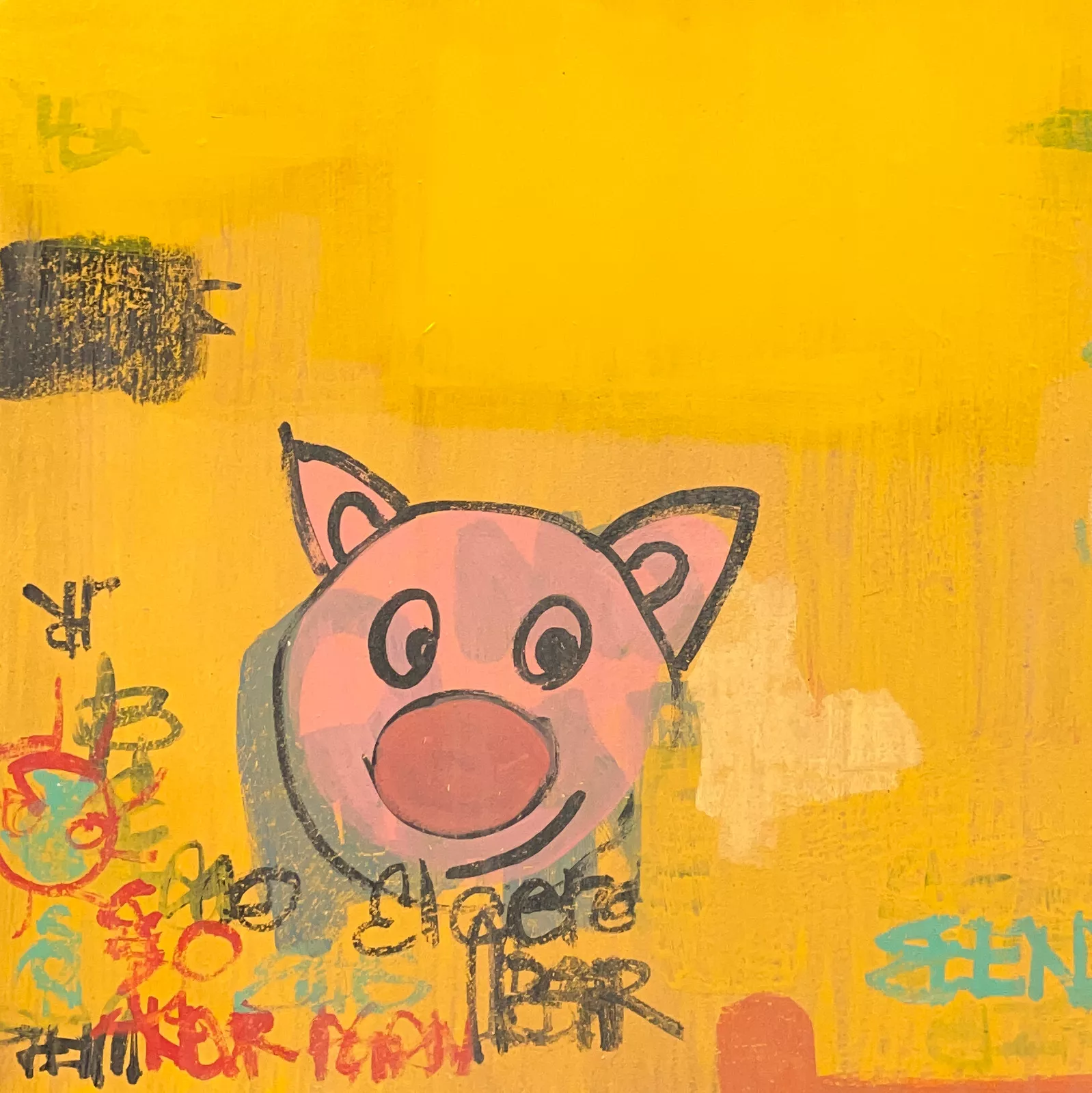In the saturated hues and glowing lines of Wonder Wheel, Jane Dickson distills an entire universe of urban nostalgia, psychological tension, and fleeting human joy. Exhibited at Karma, 22 East 2nd Street, the painting captures a carnival ride suspended in a dreamlike realm, emblematic of Dickson’s ongoing exploration of New York’s nocturnal underbelly and American collective memory.
From a distance, Wonder Wheel appears like a luminous beacon in the dark. Up close, it reveals layers of color, vibrating strokes, and ghostly figures that hover on the edge of perception. The scene feels at once familiar and uncanny—like a half-remembered summer night at Coney Island or a childhood fair that lives only in memory.
The Pulse of the City: Jane Dickson’s Ongoing Narrative
Jane Dickson is renowned for her sensitive and often haunting portrayals of urban environments, especially those associated with Times Square, carnivals, and amusement parks. Born in 1952, Dickson moved to New York in the late 1970s, becoming an integral part of the city’s underground art scene alongside figures like Keith Haring, Jean-Michel Basquiat, and Jenny Holzer.
Her works often center on liminal spaces—those transitional zones that bridge fantasy and reality, light and backdrop, excitement and loneliness. Wonder Wheel continues this thematic investigation, using the amusement ride as a metaphor for the cyclical nature of desire and escape.
Unlike more documentary approaches to urban life, Dickson’s perspective is deeply personal and psychological. She uses her paint not to capture a literal representation but to evoke a sensory, emotional response—a visual echo of music, laughter, and fleeting exhilaration.
The Chromatic Dreamscape
In Wonder Wheel, the palette is central. Saturated blues envelop the canvas like a velvety night sky, punctuated by neon bursts of orange, yellow, pink, and green. The swirling forms and layered textures create a sense of kinetic energy, mimicking the movement of the spinning ride and the disorienting excitement of a carnival at night.
These colors are not simply decorative—they are psychological triggers, evoking emotions and memories tied to childhood, community gatherings, and the transient joy of fairgrounds. Dickson’s use of light is especially striking; rather than emanating from a clear source, it seems to pulse from within the forms themselves, lending an otherworldly glow to the entire composition.
The central ride dominates the canvas, a towering structure adorned with stripes of color that radiate upward like electric arteries. Around it, ghostly human figures blur into trails, as if they are dissolving into the night or merging with the machine. This blurring serves to universalize the experience—these are not individual portraits but collective archetypes of joy, fear, and abandon.
Ghostly Figures and the Human Condition
One of the most compelling aspects of Wonder Wheel is the way Dickson treats the human figure. Instead of solid, individualized bodies, the riders are rendered as luminous silhouettes, almost spectral in appearance. They seem both exuberant and vulnerable, caught mid-flight yet weightless and untethered.
This treatment aligns with Dickson’s larger interest in how humans interact with urban structures and spaces—how they seek pleasure, distraction, and escape, only to confront their own ephemerality. The carnival ride becomes a metaphor for life’s cyclical nature: exhilarating peaks, dizzying descents, and eventual return to the ground.
There is also an undercurrent of loneliness and transience. While carnivals are social spaces, they are also places where people move quickly past one another, bound by fleeting interactions. In Dickson’s painting, the crowd below is an indistinct mass, emphasizing the smallness and anonymity of the individual within the larger spectacle.
Art Historical and Cultural Context
Dickson’s work has deep roots in both American and European art traditions. The bright, almost hallucinatory colors echo the palette of the Fauves and the emotional intensity of German Expressionism. Meanwhile, her urban subject matter and nocturnal themes connect her to American painters like Edward Hopper, though with a decidedly more electric, hallucinatory twist.
Moreover, her fascination with the carnival and amusement rides recalls the work of Reginald Marsh and the Coney Island paintings of Joseph Stella, both of whom depicted New York’s entertainment spaces as sites of modernity, energy, and human drama.
In the contemporary context, Dickson’s Wonder Wheel resonates with the current cultural fascination with nostalgia, especially in a post-pandemic world where communal experiences and public spaces have become charged with new meaning. Her painting taps into the longing for collective joy and the melancholy awareness of its impermanence.
The Materiality of Memory
Beyond its immediate visual impact, Wonder Wheel is a meditation on memory—how experiences are stored, distorted, and reanimated in the mind. The hazy edges, layered textures, and flickering light suggest the way memories are often partial, subjective, and colored by emotion.
In interviews, Dickson has spoken about her interest in how we “internalize the city,” transforming external structures into intimate psychological landscapes. This painting is a perfect example: it’s not a literal depiction of a ride but rather a mental snapshot of what the experience feels like—dizzying, bright, and just out of reach.
The surface of the canvas itself appears almost tactile, inviting the viewer to lean in and experience the painting as a physical object rather than a mere image. The dense layering of paint echoes the sedimentation of memory, each layer a fragment of a moment lived and half-forgotten.
Karma Gallery: A Fitting Stage
Karma, located on East 2nd Street, has become a vital space for showcasing contemporary artists who push the boundaries of figurative and conceptual art. The choice to exhibit Wonder Wheel here underscores the gallery’s commitment to artists who interrogate both personal and cultural narratives.
In Karma’s minimal, intimate setting, Dickson’s luminous carnival stands out all the more dramatically. The painting doesn’t merely occupy the space—it transforms it into a twilight carnival, drawing viewers into its orbit and challenging them to confront their own relationships to memory, pleasure, and the urban environment.
A Mirror to Our Collective Psyche
Ultimately, Wonder Wheel is not just about a fairground ride; it’s a mirror to our collective psyche. It embodies the tension between exhilaration and fear, connection and isolation, permanence and impermanence.
By transforming a familiar urban amusement into a radiant, spectral experience, Dickson invites us to explore the layers of our own emotional landscapes. We are all, in some way, passengers on this luminous wheel—spinning, reaching for joy, and suspended in the fleeting moments that define our lives.
The Enduring Allure of the Carnival
In Wonder Wheel, Jane Dickson reaffirms her position as a master observer of urban life and human emotion. The painting is both celebratory and elegiac, filled with light yet tinged with the darkness of night and the shadow of impermanence.
It captures what makes amusement parks so universally fascinating: the promise of escape, the momentary suspension of reality, and the bittersweet awareness that every ride must end. In Dickson’s hands, these elements become a poetic meditation on contemporary existence—a swirling, radiant dance between joy and melancholy.
As viewers, we are left with a lingering sense of motion and an invitation to revisit our own memories—those glowing, hazy snapshots of summer nights, collective laughter, and the ephemeral magic that only the carnival can provide.
No comments yet.








